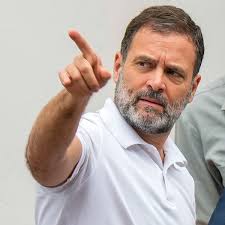Rahul Gandhi’s shift in stance on poverty and caste over the past decade seems to be influenced by a combination of political strategy and evolving perspectives on social issues. Here’s a summary of the changes and possible reasons:
Poverty:
- 2013: Described poverty as a “mental state.”
- 2024: Advocates for alleviating poverty through welfare schemes, promising Rs 8,500 monthly to women from poor households under the “Mahalakshmi scheme” if elected1.
Caste:
- 2013: Expressed disbelief in the caste system.
- 2024: Demands a pan-India caste survey and sees caste as a significant factor in societal issues1.
The reasons for this shift could include:
- Political Landscape: Changes in the political environment and the need to address the concerns of various voter demographics.
- Public Sentiment: A response to the public’s demand for more focused welfare schemes and social justice measures.
- Party Strategy: A strategic move to align with the Congress party’s historical stance on poverty alleviation and social equality2.
It’s also noted that Rahul Gandhi’s approach now mirrors his grandmother Indira Gandhi’s rhetoric, which may suggest a return to traditional Congress values that emphasize class and caste issues2. This shift might be part of a broader campaign strategy during the Lok Sabha elections, aiming to resonate with voters’ current concerns and priorities3.
These changes reflect the dynamic nature of politics, where leaders often adapt their positions to align with the evolving socio-economic landscape and the aspirations of the electorate.

